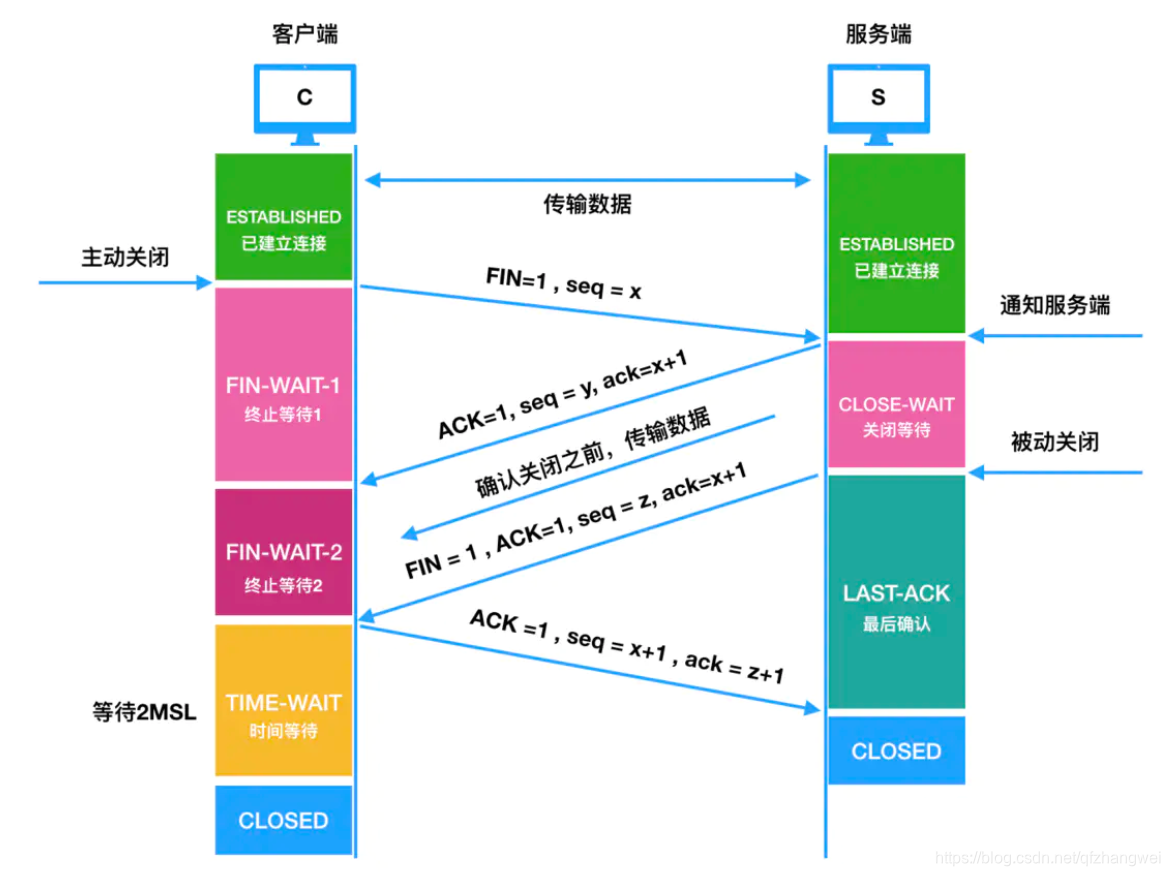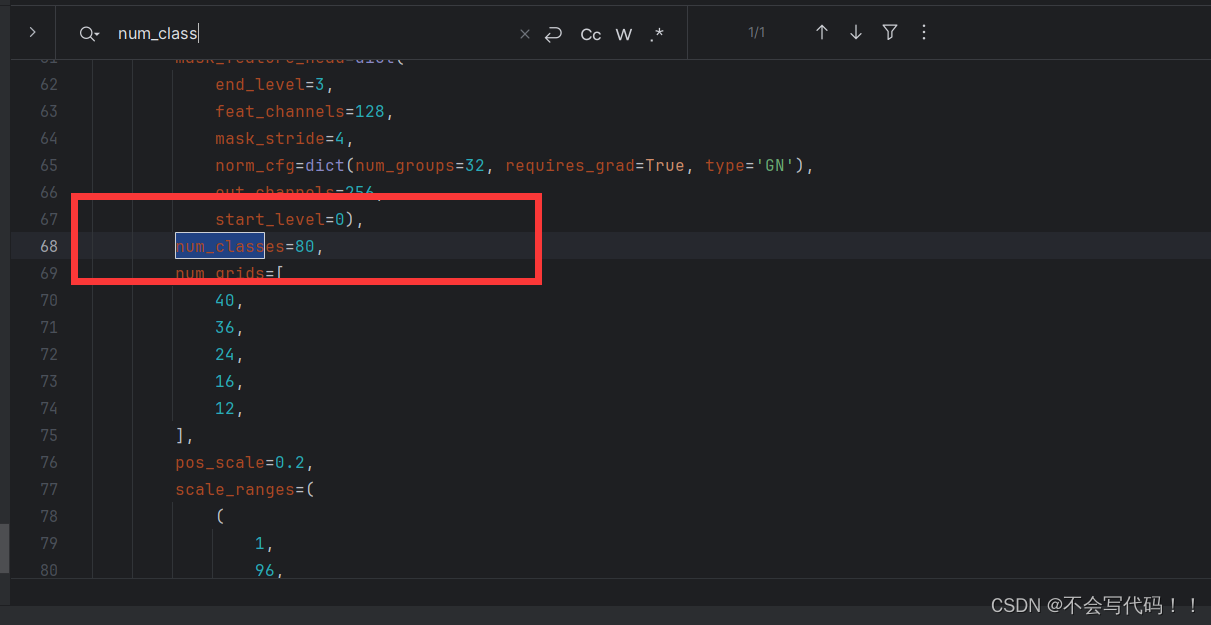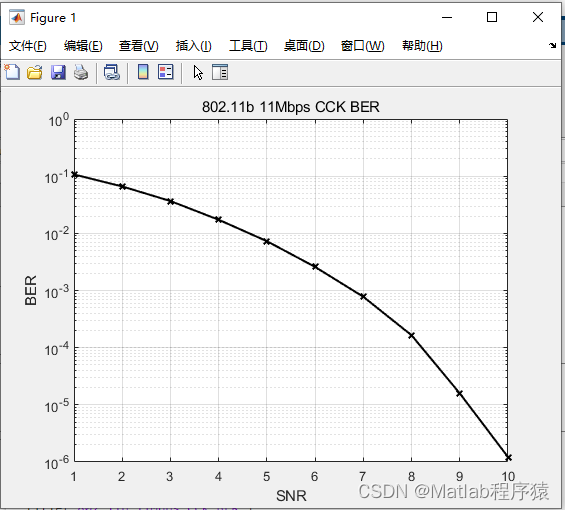这里讲的是通过 pthread_create() 函数返回的线程 id,其实就是 glibc 库里维护的线程id,它跟内核维护的线程 id 不一样,pthread_create() 返回的线程 id 并不一定是唯一的。我们看 pthread_create 函数的源码,它最后返回的线程 id 是什么样的?
//...............................
/* Check for valid priorities. */
int minprio = INTERNAL_SYSCALL (sched_get_priority_min, scerr, 1,
iattr->schedpolicy);
int maxprio = INTERNAL_SYSCALL (sched_get_priority_max, scerr, 1,
iattr->schedpolicy);
if (pd->schedparam.sched_priority < minprio
|| pd->schedparam.sched_priority > maxprio)
{
/* Perhaps a thread wants to change the IDs and if waiting
for this stillborn thread. */
if (__builtin_expect (atomic_exchange_acq (&pd->setxid_futex, 0)
== -2, 0))
lll_futex_wake (&pd->setxid_futex, 1, LLL_PRIVATE);
__deallocate_stack (pd);
return EINVAL;
}
}
/* Pass the descriptor to the caller. */
*newthread = (pthread_t) pd;
LIBC_PROBE (pthread_create, 4, newthread, attr, start_routine, arg);
/* Start the thread. */
return create_thread (pd, iattr, STACK_VARIABLES_ARGS);
}函数就是通过参数 newthread 返回的线程 id,实现里直接把 pd 强转成 pthread_t 类型赋值给了 newthread。这个 pd 是什么类型呢?
int
__pthread_create_2_1 (newthread, attr, start_routine, arg)
pthread_t *newthread;
const pthread_attr_t *attr;
void *(*start_routine) (void *);
void *arg;
{
STACK_VARIABLES;
const struct pthread_attr *iattr = (struct pthread_attr *) attr;
if (iattr == NULL)
/* Is this the best idea? On NUMA machines this could mean
accessing far-away memory. */
iattr = &default_attr;
struct pthread *pd = NULL;
int err = ALLOCATE_STACK (iattr, &pd);
if (__builtin_expect (err != 0, 0))
/* Something went wrong. Maybe a parameter of the attributes is
invalid or we could not allocate memory. Note we have to
translate error codes. */
return err == ENOMEM ? EAGAIN : err;
struct pthread 是一个结构体,记录线程信息的:

所以这个线程 id 就是一个地址(被强转成pthread_t,也就是 unsigned long int 类型值)值?用 GDB 看一下最清楚了:

这个 pd 指针的值就是 0x7ffff7fd8700,而这个值也是结构体里数据的首地址:
所以这个地址值转成 unsignd long int 是多少呢?强转后的十进制值就是 140737353975552。


就是执行程序里打印的线程 id。 所以 pthread_create() 返回的线程 id,其实就是保存线程信息的结构体的首地址。因此这个线程 id 是很重要的,其他线程相关函数可以通过这个 id 访问线程信息,如 pthread_t 强转为 struct pthread* 类型,其实 thread_id 就是一个地址:
int
pthread_getattr_np (thread_id, attr)
pthread_t thread_id;
pthread_attr_t *attr;
{
struct pthread *thread = (struct pthread *) thread_id;
struct pthread_attr *iattr = (struct pthread_attr *) attr;
int ret = 0;
lll_lock (thread->lock, LLL_PRIVATE);
/* The thread library is responsible for keeping the values in the
thread desriptor up-to-date in case the user changes them. */
memcpy (&iattr->schedparam, &thread->schedparam,
sizeof (struct sched_param));
iattr->schedpolicy = thread->schedpolicy;
/* Clear the flags work. */
iattr->flags = thread->flags;
/* The thread might be detached by now. */
if (IS_DETACHED (thread))
iattr->flags |= ATTR_FLAG_DETACHSTATE;
/* This is the guardsize after adjusting it. */
iattr->guardsize = thread->reported_guardsize;这个函数就是获取指定线程的信息,其中当然包括用户设置的栈大小
所以要获取线程栈大小,需要使用两个函数调用:
pthread_getattr_np(pthread_self(), &attr)
pthread_attr_getstacksize(&attr, &stack_size)
